How Can I Use Storytelling in My Emails to Connect with Readers?
After publishing for more than 40 years and working closely with writers, one principle has stood the test of time: Facts Tell; Stories Tell.
 That phrase, often repeated at Publication Consultants, isn’t just a clever saying. It reflects what we’ve seen work—again and again. When authors speak plainly about their real experiences, when they pull from what they’ve lived rather than what they’ve imagined, readers pay attention.
That phrase, often repeated at Publication Consultants, isn’t just a clever saying. It reflects what we’ve seen work—again and again. When authors speak plainly about their real experiences, when they pull from what they’ve lived rather than what they’ve imagined, readers pay attention.
Email is one of the few places where that kind of connection can still happen. Not mass promotion. Not loud announcements. Just quiet truth shared from one person to another.
We’ve sent thousands of emails over the years. The results have been consistent: factual updates get read. But real stories—brief, true, and meaningful—stick in our memories. More replies. More shares. Stronger connection.
One example of this can be found in The Power of Authors, our upcoming book, scheduled for release in September. In it, we highlight the stories of authors. One is Molly Hootch. Most Alaskans know her name because of the lawsuit she helped lead—a case that forced the state to build high schools in Native villages. The facts of that case are powerful: statistics about dropout rates, the cost of boarding schools, and years of neglect. But what changed hearts wasn’t just the evidence—it was Molly’s story.
She didn’t write to stir resentment. She wrote to tell the truth of her life—and of a moment in history that changed Alaska forever. Her words didn’t just document a legal victory. They captured a way of life and the deep cost of progress. That’s what moved people. That’s what still echoes.
Facts told the court what needed fixing. Her story sold the need to fix it.
This is the approach we encourage writers to take in their emails. Begin with something real. Then share what it taught. And connect it—truthfully—to the work.
Not every message needs a story, but the ones that stick usually have one. A moment of doubt during revisions. A lesson learned after meeting with a reader. A decision made about how a character ended up. If it’s true, it’s useful. If it’s heartfelt, it’s remembered.
We’ve encouraged authors to keep a short list of experiences worth sharing—small things that shaped their path. The stories don’t need polish. They need purpose.
When a writer asks how to connect with readers through email, the answer is simple: be truthful. Be personal. Be human.
It doesn’t take long. It just takes intention.
And if one phrase sums it up best, it’s this: Facts tell; stories sell.
Help Us Spread the Word
If this message answered a question you’ve had about writing or publishing, share it with someone who could use a little clarity. Here’s how:
- Forward this to a friend thinking about publishing
- Post it in an author forum or writing group
- Mention it to someone frustrated with all the bad advice online
We offer real help from people who’ve walked the road. Invite others to join us here:
www.publicationconsultants.com/newsletter
Every writer deserves honest guidance. And every share helps us reach someone who needs it.




 This is Publication Consultants’ motivation for constantly striving to assist authors sell and market their books. Author Campaign Method (ACM) of sales and marketing is Publication Consultants’ plan to accomplish this so that our authors’ books have a reasonable opportunity for success. We know the difference between motion and direction. ACM is direction! ACM is the process for authorpreneurs who are serious about bringing their books to market. ACM is a boon for them.
This is Publication Consultants’ motivation for constantly striving to assist authors sell and market their books. Author Campaign Method (ACM) of sales and marketing is Publication Consultants’ plan to accomplish this so that our authors’ books have a reasonable opportunity for success. We know the difference between motion and direction. ACM is direction! ACM is the process for authorpreneurs who are serious about bringing their books to market. ACM is a boon for them. Release Party
Release Party Web Presence
Web Presence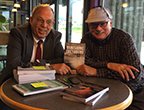 Book Signings
Book Signings Facebook Profile and Facebook Page
Facebook Profile and Facebook Page Active Social Media Participation
Active Social Media Participation Ebook Cards
Ebook Cards The Great Alaska Book Fair: October 8, 2016
The Great Alaska Book Fair: October 8, 2016


 Costco Book Signings
Costco Book Signings eBook Cards
eBook Cards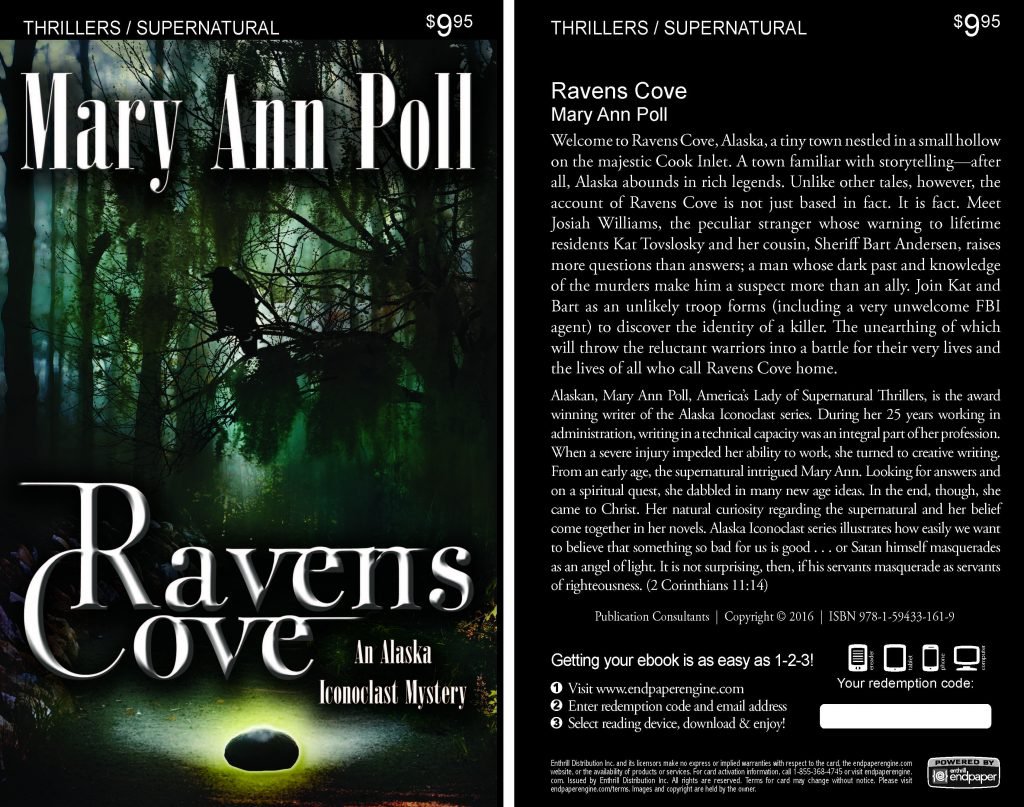

 Benjamin Franklin Award
Benjamin Franklin Award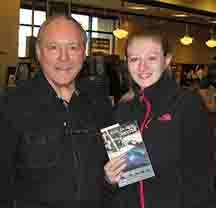 Jim Misko Book Signing at Barnes and Noble
Jim Misko Book Signing at Barnes and Noble
 Cortex is for serious authors and will probably not be of interest to hobbyists. We recorded our Cortex training and information meeting. If you’re a serious author, and did not attend the meeting, and would like to review the training information, kindly let us know. Authors are required to have a Facebook author page to use Cortex.
Cortex is for serious authors and will probably not be of interest to hobbyists. We recorded our Cortex training and information meeting. If you’re a serious author, and did not attend the meeting, and would like to review the training information, kindly let us know. Authors are required to have a Facebook author page to use Cortex. Correction:
Correction: This is Publication Consultants’ motivation for constantly striving to assist authors sell and market their books. ACM is Publication Consultants’ plan to accomplish this so that our authors’ books have a reasonable opportunity for success. We know the difference between motion and direction. ACM is direction! ACM is the process for authors who are serious about bringing their books to market. ACM is a boon for serious authors, but a burden for hobbyist. We don’t recommend ACM for hobbyists.
This is Publication Consultants’ motivation for constantly striving to assist authors sell and market their books. ACM is Publication Consultants’ plan to accomplish this so that our authors’ books have a reasonable opportunity for success. We know the difference between motion and direction. ACM is direction! ACM is the process for authors who are serious about bringing their books to market. ACM is a boon for serious authors, but a burden for hobbyist. We don’t recommend ACM for hobbyists.

 We’re the only publisher we know of that provides authors with book signing opportunities. Book signing are appropriate for hobbyist and essential for serious authors. To schedule a book signing kindly go to our website, <
We’re the only publisher we know of that provides authors with book signing opportunities. Book signing are appropriate for hobbyist and essential for serious authors. To schedule a book signing kindly go to our website, < We hear authors complain about all the personal stuff on Facebook. Most of these complaints are because the author doesn’t understand the difference difference between a Facebook profile and a Facebook page. Simply put, a profile is for personal things for friends and family; a page is for business. If your book is just a hobby, then it’s fine to have only a Facebook profile and make your posts for friends and family; however, if you’re serious about your writing, and it’s a business with you, or you want it to be business, then you need a Facebook page as an author. It’s simple to tell if it’s a page or a profile. A profile shows how many friends and a page shows how many likes. Here’s a link <> to a straight forward description on how to set up your author Facebook page.
We hear authors complain about all the personal stuff on Facebook. Most of these complaints are because the author doesn’t understand the difference difference between a Facebook profile and a Facebook page. Simply put, a profile is for personal things for friends and family; a page is for business. If your book is just a hobby, then it’s fine to have only a Facebook profile and make your posts for friends and family; however, if you’re serious about your writing, and it’s a business with you, or you want it to be business, then you need a Facebook page as an author. It’s simple to tell if it’s a page or a profile. A profile shows how many friends and a page shows how many likes. Here’s a link <> to a straight forward description on how to set up your author Facebook page.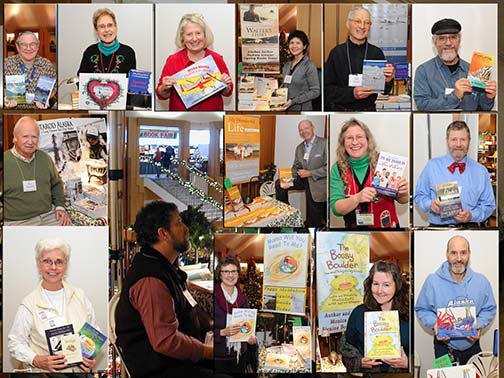



 Mosquito Books has a new location in the Anchorage international airport and is available for signings with 21 days notice. Jim Misko had a signing there yesterday. His signing report included these words, “Had the best day ever at the airport . . ..”
Mosquito Books has a new location in the Anchorage international airport and is available for signings with 21 days notice. Jim Misko had a signing there yesterday. His signing report included these words, “Had the best day ever at the airport . . ..”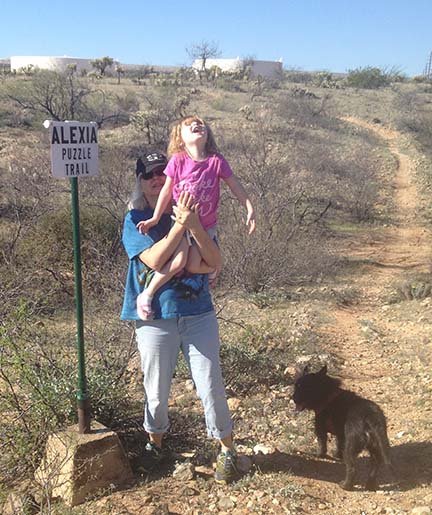


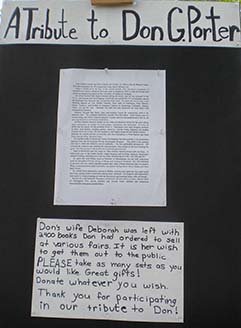
 The Lyin Kings: The Wannabe World Leaders
The Lyin Kings: The Wannabe World Leaders
 Time and Tide
Time and Tide


 ReadAlaska 2014
ReadAlaska 2014 Readerlink and Book Signings
Readerlink and Book Signings
 2014 Independent Publisher Book Awards Results
2014 Independent Publisher Book Awards Results

 Bonnye Matthews Radio Interview
Bonnye Matthews Radio Interview
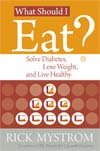 Rick Mystrom Radio Interview
Rick Mystrom Radio Interview When he published those overseas blogs as the book The Innocents Abroad, it would become a hit. But you couldn’t find it in bookstores.
When he published those overseas blogs as the book The Innocents Abroad, it would become a hit. But you couldn’t find it in bookstores.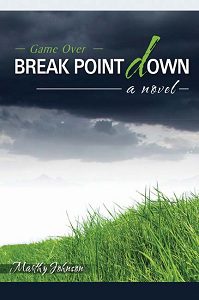 More NetGalley
More NetGalley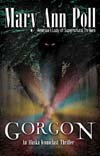 Mary Ann Poll
Mary Ann Poll
 Bumppo
Bumppo
 Computer Spell Checkers
Computer Spell Checkers Seven Things I Learned From a Foreign Email
Seven Things I Learned From a Foreign Email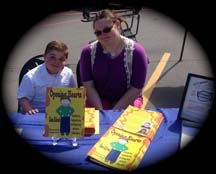 2014 Spirit of Youth Awards
2014 Spirit of Youth Awards Book Signings
Book Signings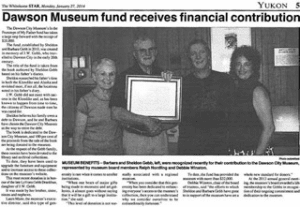
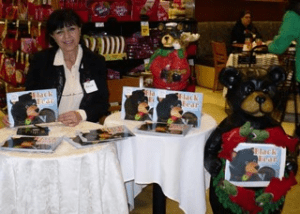
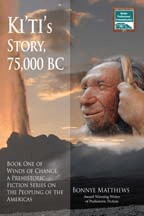
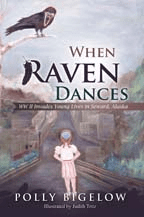 Blog Talk Radio
Blog Talk Radio Publication Consultants Blog
Publication Consultants Blog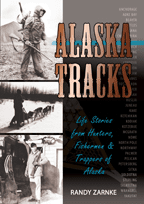 Book Signings
Book Signings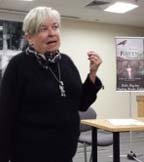
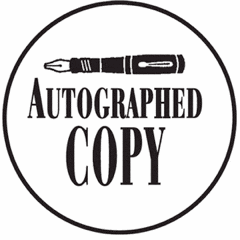
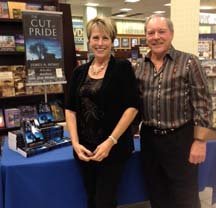

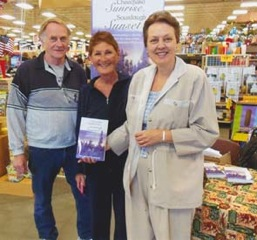 Don and Lanna Langdok
Don and Lanna Langdok Ron Walden
Ron Walden Book Signings Are Fun
Book Signings Are Fun Release Party Video
Release Party Video
 Erin’s book,
Erin’s book,  Heather’s book,
Heather’s book,  New Books
New Books